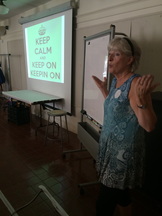
"Show the readers everything, tell them nothing." - Ernest Hemingway. These are wise words that writers live by. I propose that they become wise words that writing teachers live by as well.
But first I would make a few changes....Show them how to do the writing, every bit of it. Simply tell them what to do - never!
When I began this work, writing a graphic narrative unit of study for first graders, I was brainstorming with a stakeholder. And one of the talking points during our discussion was making sure that the students watched me, the teacher, create the art during our lessons in a very genuine, transparent way. Um, in other words, it's okay if you draw like a first grader. So do your students! You will be making the art accessible to them if they see that your work is as simple and as imperfect as their own. In fact, the less developed you are as an artist, the better!
What?! (Now, he did not really say those words, but the implication was that there was real power in the fact that I would be modeling the work at the same level of expertise as my students. Hmmm...)
While I could accept that premise intellectually, as a teacher I struggled with the idea of modeling anything less than what would meet my own expectations. Does that make sense? In other words, I could handle drawing something primitive and simple. But could I handle drawing something "bad"?? Because, let's face it, I am no artist! I have never been worried about writing in front of students; but the thought of drawing in front of them had (and still has) me somewhat unnerved.
I believe this is the same thinking that has many writing teachers nervous about composing in front of their students. When you are the teacher, you are used to being in control. Writing in front of any group, even kindergartners, can make you feel vulnerable. The process of writing anything at all is complicated. And trying to manage that creative process with upwards of twenty-five pairs of eyes staring at you is intimidating. Change those kindergartners to third-, fourth-, or fifth-graders and you just know they are judging your work. (They're not, but it certainly feels that way!)
This week in my first grade classrooms, I realized with sudden clarity that we were going to need to move away from our mentor text, Silly Lilly and the Four Seasons, by Agnes Rosentstiehl, and begin to rely more on my own modeled drawings using our class story. Mostly that is because the theme of our graphic narratives is one of motion and positive change. Our mentor text is more one-dimensional. In order to successfully compose a narrative with such a dynamic story line, we will need to create a story arc.
"Yikes!" I keep thinking. What have I gotten myself into?
So, I have come back to the drawing board...literally. As of right now, the students have done the following:
* written four stories centered around how they helped solve problems using physical actions and achieved positive outcomes
* chosen one of the four stories to become their graphic narrative
* identified 6-8 verbs that describe their actions chronologically across their stories
* identified 6-8 words to describe the feelings that go along with each action word
* fine-tuned their verbs and adjectives to more precisely describe their actions and feelings
* drafted two story panels.
I try to collect their work after each session and evaluate how the work is going. It became clear to me on Friday that the students need more support with being able to lay out a story across 6-8 story panels. The verb/adjective word lists were a good idea, and they are giving the writers some context for their drawings. However, we need to build a little more "composition" into the narrative, connecting each panel to the one before and the one that follows. I think the structure needs to be, say, a 2 panel beginning, a 2-3 panel middle, and a 2 panel end, give or take.
Flashback to me pacing in my classroom on Friday. Even as my excitement is building right along with this unit of study, I know I have to keep it accessible to 6- and 7-year olds. When is it too much? I tend to reach for the stars in terms of expectations and creative trajectory...
But, then I remember. All kids can write. And if we don't try, we will never know what we can accomplish. So, I will add lessons on building story mountains, and using space creatively, and drawing facial expressions to illustrate our feelings. Too much for first grade? I think not!!
Today I will be at the drawing board, creating a story arc with my panels. Don't worry. It's just practice and preparation. I will show the students how to do this with their own stories by thinking and drawing right in front of them.
Here is where I am starting...
But first I would make a few changes....Show them how to do the writing, every bit of it. Simply tell them what to do - never!
When I began this work, writing a graphic narrative unit of study for first graders, I was brainstorming with a stakeholder. And one of the talking points during our discussion was making sure that the students watched me, the teacher, create the art during our lessons in a very genuine, transparent way. Um, in other words, it's okay if you draw like a first grader. So do your students! You will be making the art accessible to them if they see that your work is as simple and as imperfect as their own. In fact, the less developed you are as an artist, the better!
What?! (Now, he did not really say those words, but the implication was that there was real power in the fact that I would be modeling the work at the same level of expertise as my students. Hmmm...)
While I could accept that premise intellectually, as a teacher I struggled with the idea of modeling anything less than what would meet my own expectations. Does that make sense? In other words, I could handle drawing something primitive and simple. But could I handle drawing something "bad"?? Because, let's face it, I am no artist! I have never been worried about writing in front of students; but the thought of drawing in front of them had (and still has) me somewhat unnerved.
I believe this is the same thinking that has many writing teachers nervous about composing in front of their students. When you are the teacher, you are used to being in control. Writing in front of any group, even kindergartners, can make you feel vulnerable. The process of writing anything at all is complicated. And trying to manage that creative process with upwards of twenty-five pairs of eyes staring at you is intimidating. Change those kindergartners to third-, fourth-, or fifth-graders and you just know they are judging your work. (They're not, but it certainly feels that way!)
This week in my first grade classrooms, I realized with sudden clarity that we were going to need to move away from our mentor text, Silly Lilly and the Four Seasons, by Agnes Rosentstiehl, and begin to rely more on my own modeled drawings using our class story. Mostly that is because the theme of our graphic narratives is one of motion and positive change. Our mentor text is more one-dimensional. In order to successfully compose a narrative with such a dynamic story line, we will need to create a story arc.
"Yikes!" I keep thinking. What have I gotten myself into?
So, I have come back to the drawing board...literally. As of right now, the students have done the following:
* written four stories centered around how they helped solve problems using physical actions and achieved positive outcomes
* chosen one of the four stories to become their graphic narrative
* identified 6-8 verbs that describe their actions chronologically across their stories
* identified 6-8 words to describe the feelings that go along with each action word
* fine-tuned their verbs and adjectives to more precisely describe their actions and feelings
* drafted two story panels.
I try to collect their work after each session and evaluate how the work is going. It became clear to me on Friday that the students need more support with being able to lay out a story across 6-8 story panels. The verb/adjective word lists were a good idea, and they are giving the writers some context for their drawings. However, we need to build a little more "composition" into the narrative, connecting each panel to the one before and the one that follows. I think the structure needs to be, say, a 2 panel beginning, a 2-3 panel middle, and a 2 panel end, give or take.
Flashback to me pacing in my classroom on Friday. Even as my excitement is building right along with this unit of study, I know I have to keep it accessible to 6- and 7-year olds. When is it too much? I tend to reach for the stars in terms of expectations and creative trajectory...
But, then I remember. All kids can write. And if we don't try, we will never know what we can accomplish. So, I will add lessons on building story mountains, and using space creatively, and drawing facial expressions to illustrate our feelings. Too much for first grade? I think not!!
Today I will be at the drawing board, creating a story arc with my panels. Don't worry. It's just practice and preparation. I will show the students how to do this with their own stories by thinking and drawing right in front of them.
Here is where I am starting...
This was draft number 1. Time for draft 2 and crafting a story arc across 6-8 panels. I know now that I need to be able to draw in front of you all as well! :) I'll share as we go!
Have a great writing week. And remember....
#allkidscanwrite
Have a great writing week. And remember....
#allkidscanwrite
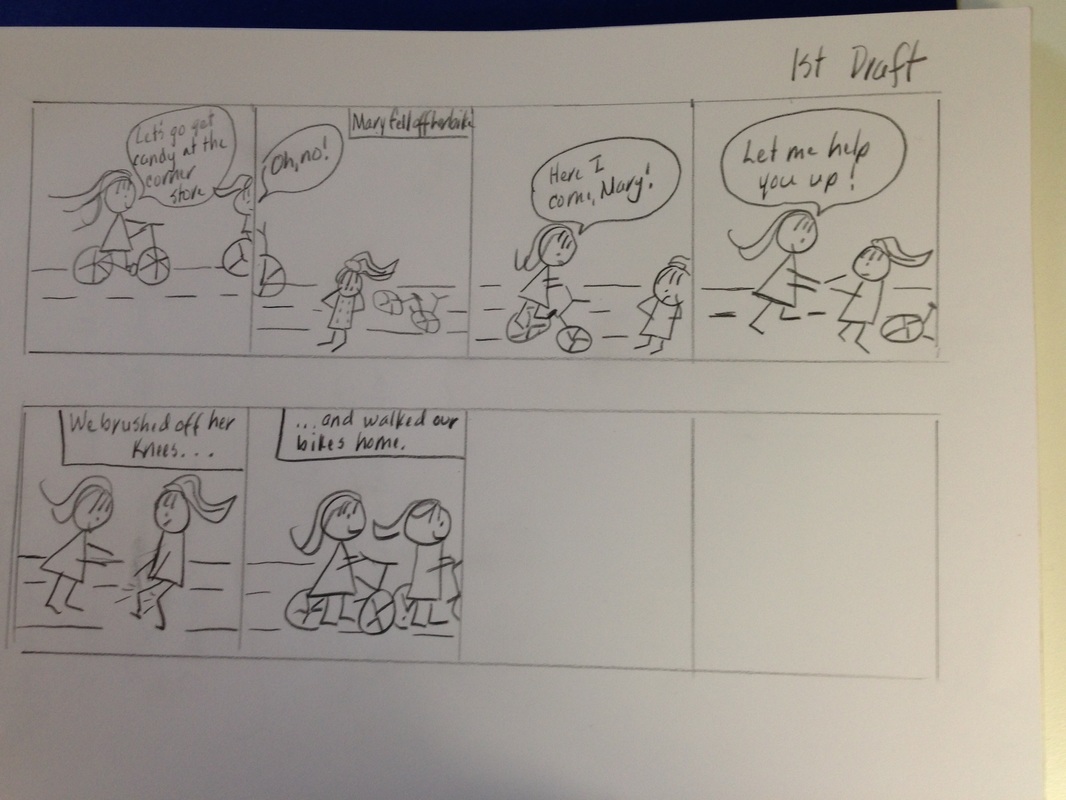
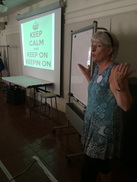
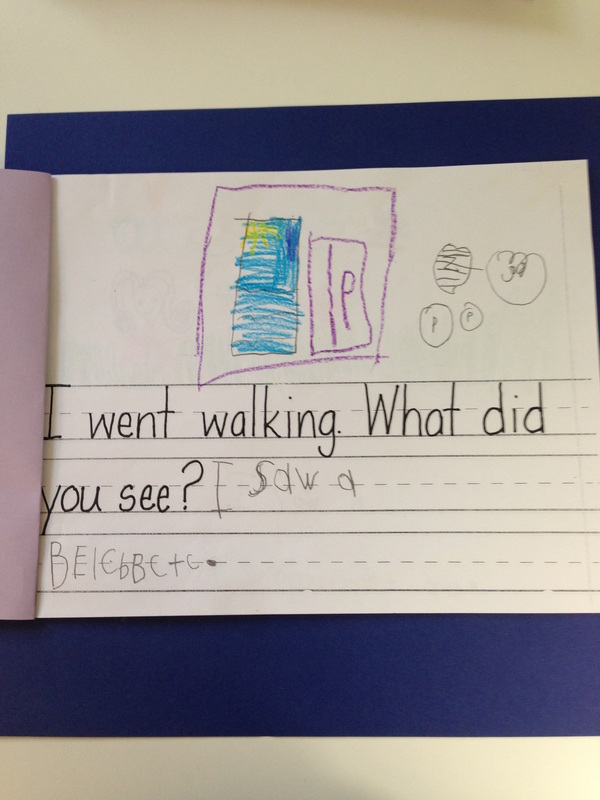
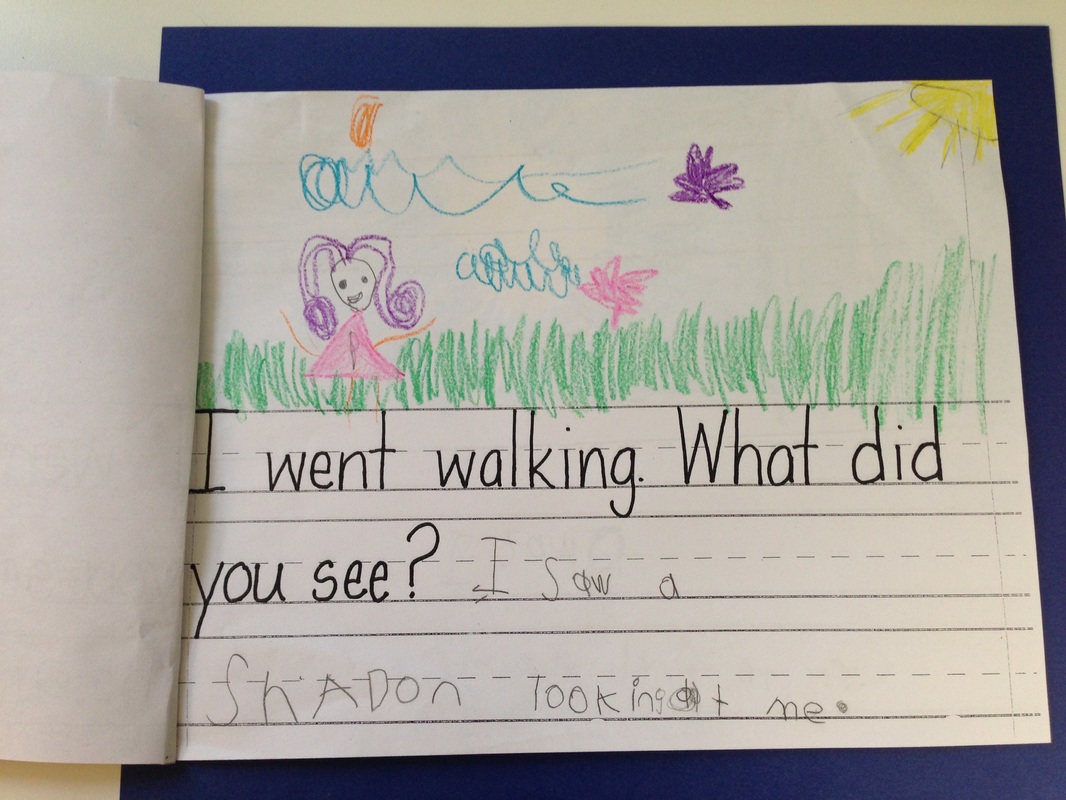

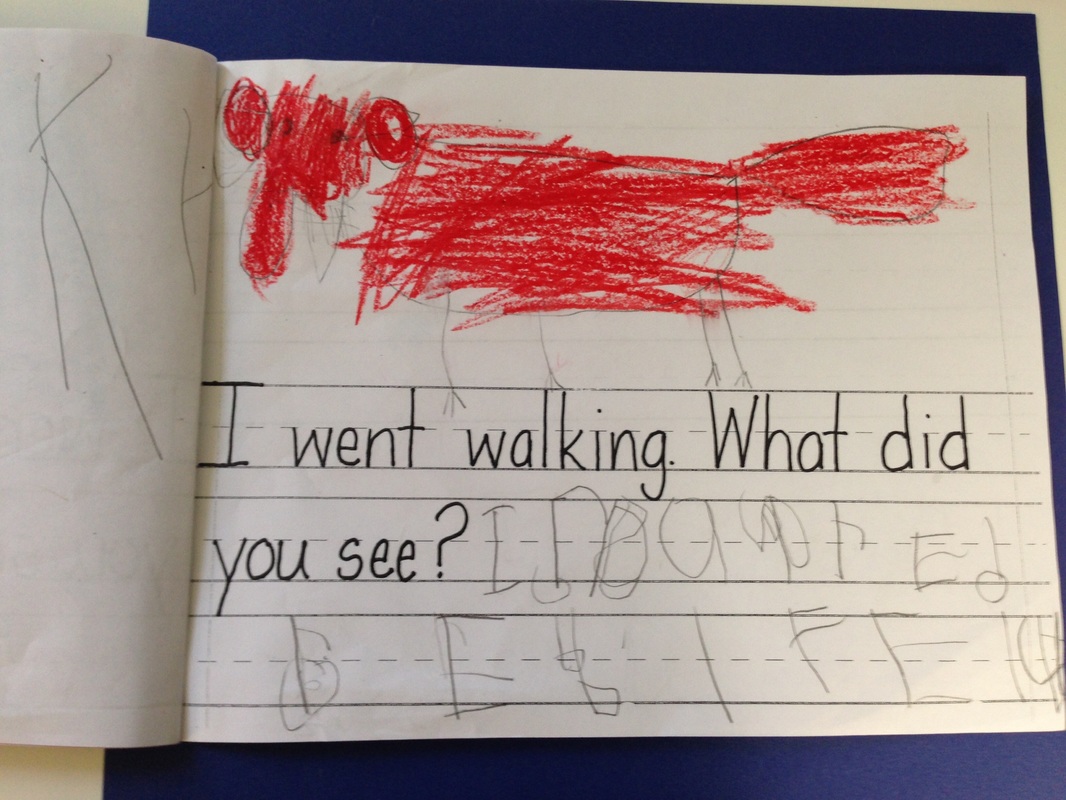
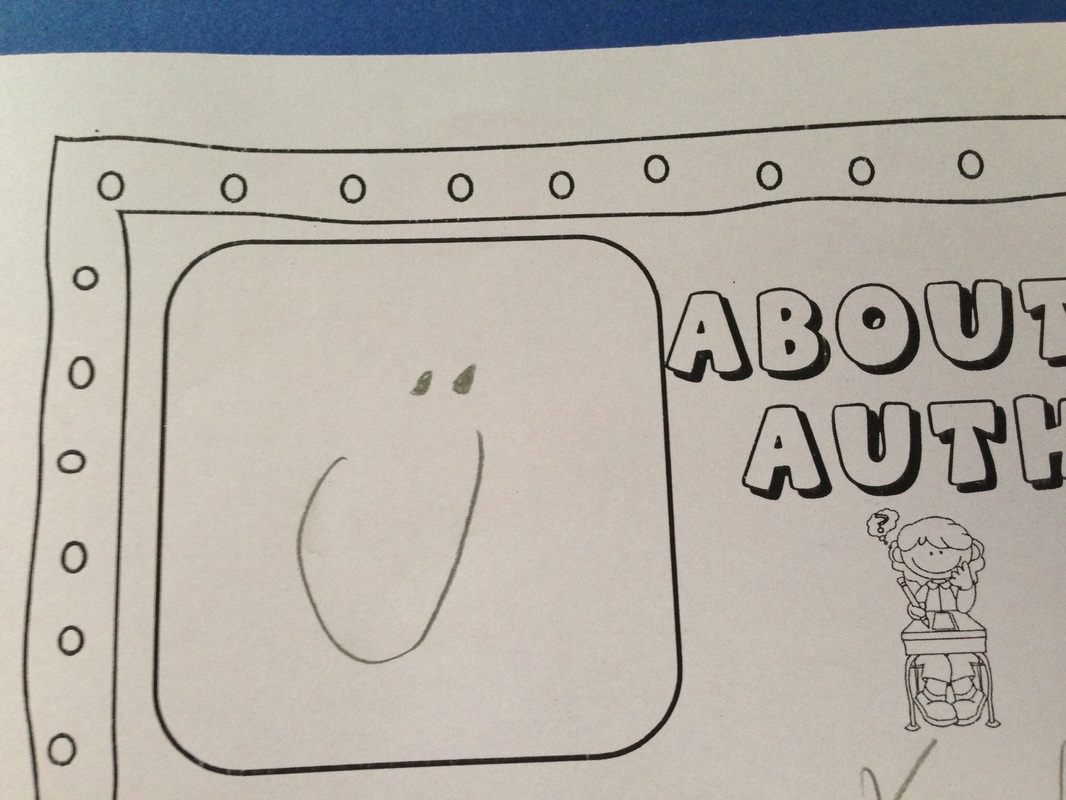
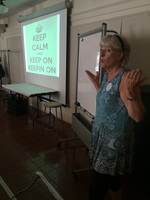
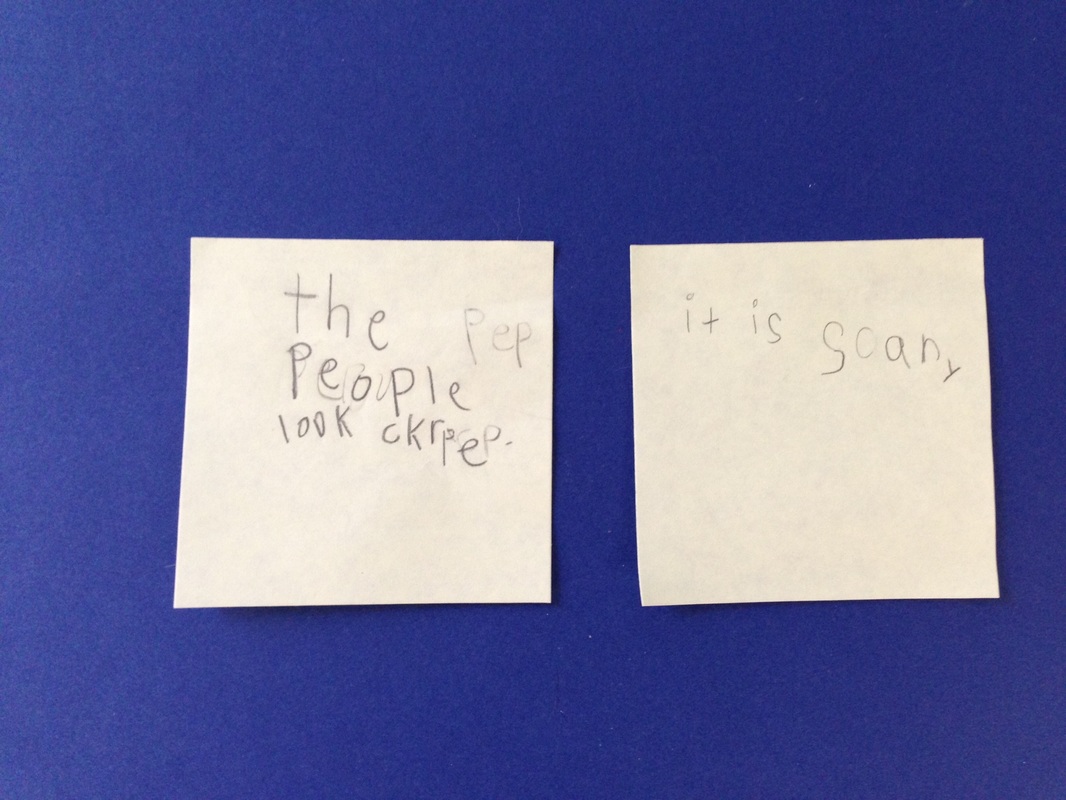
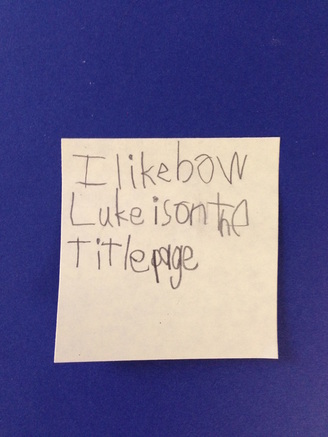
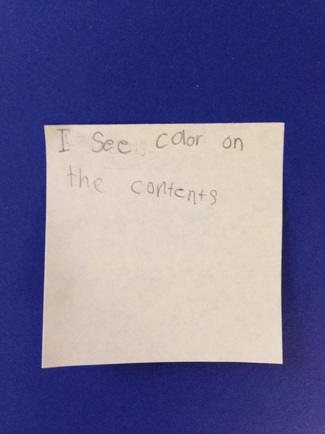
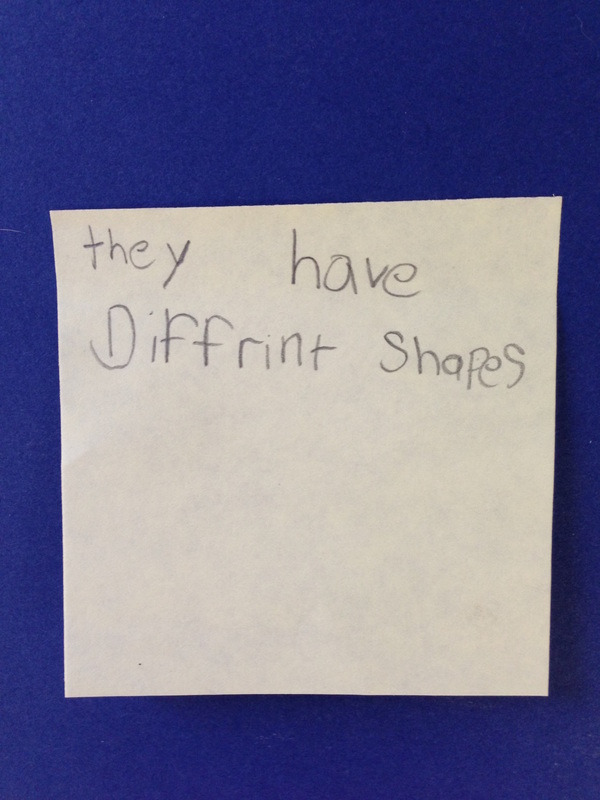
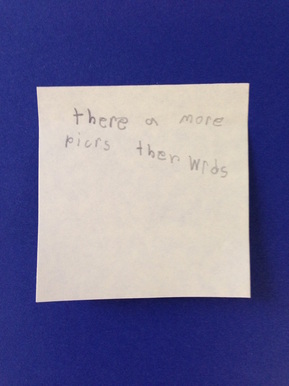
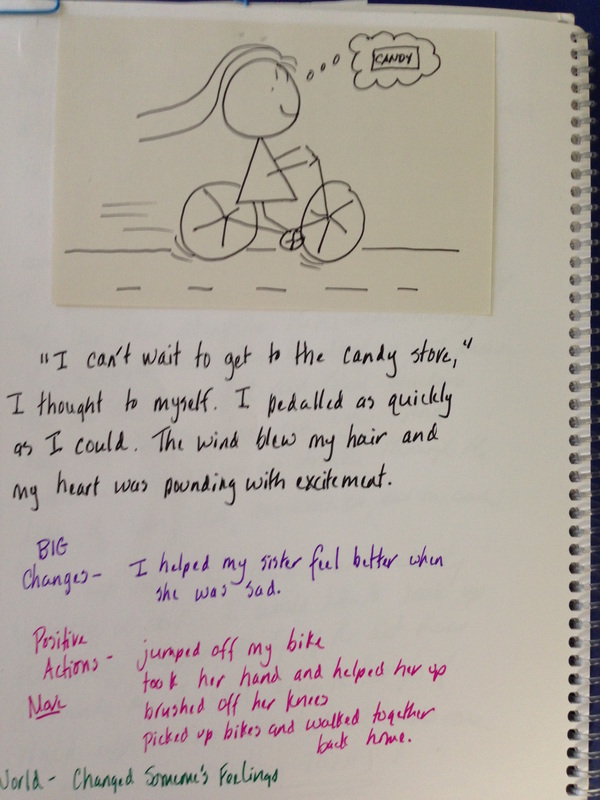
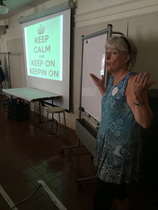
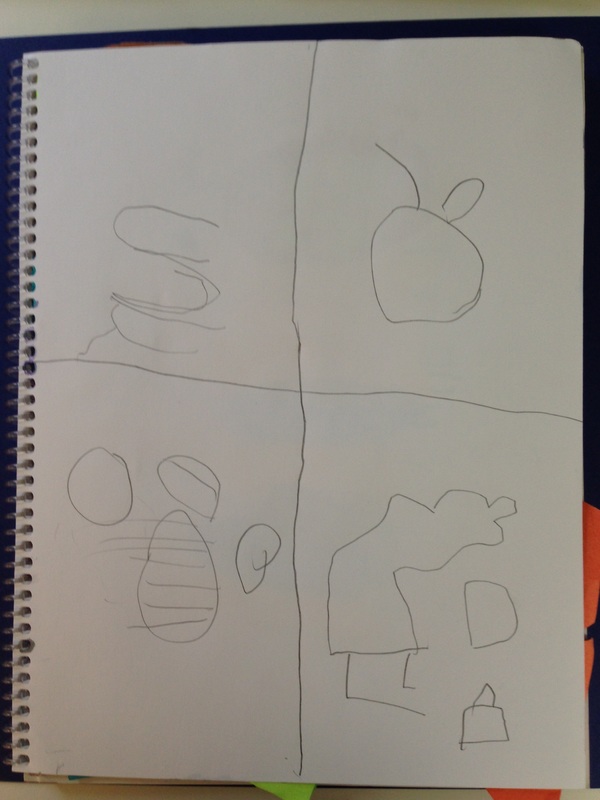
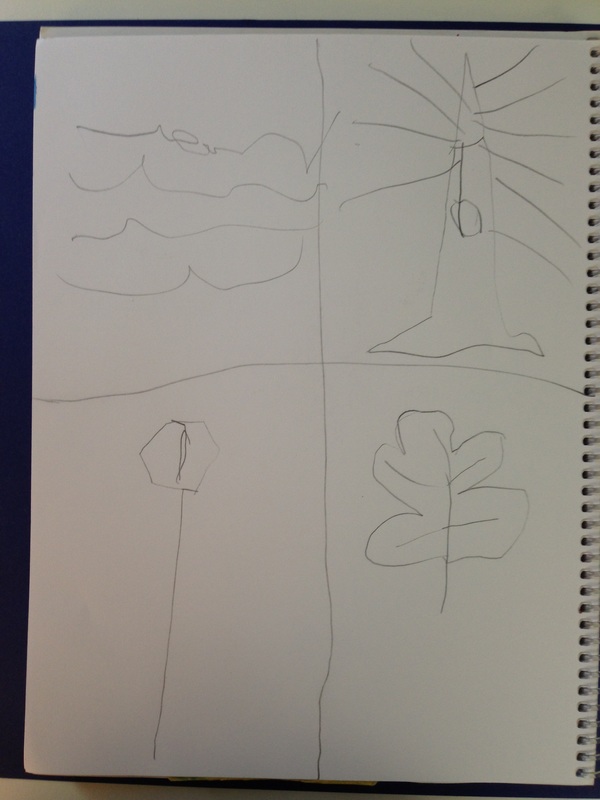
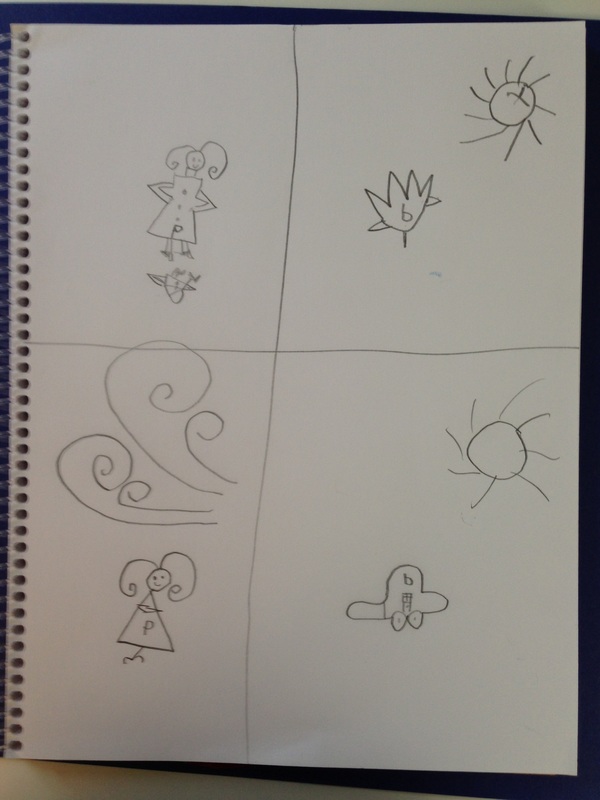
 RSS Feed
RSS Feed
